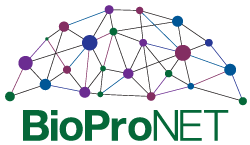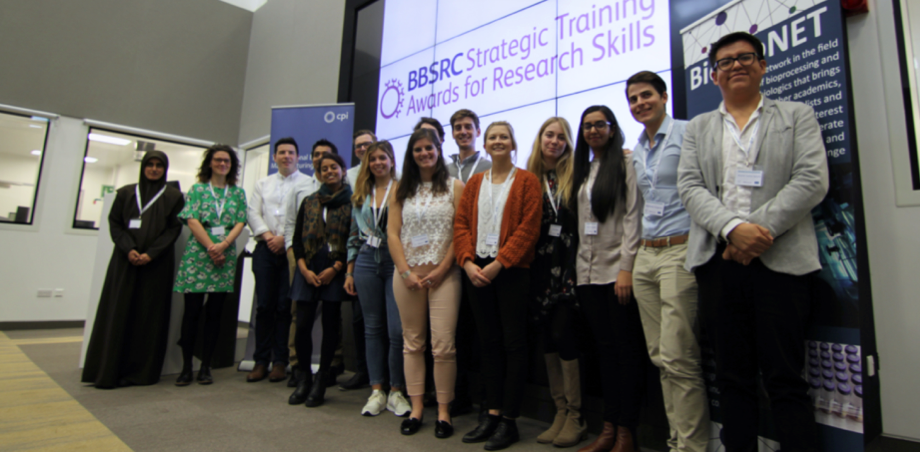Congratulations to the awardees of funding in our most recent call for business interaction vouchers and proof of concept funding:
Proof of concept funding:
Improved preservation of biologics by continuous intensified lyophilisation
Gary Montague, Teeside University; Lonza, Glythera, Accelyo
This project proposes to perform experimental trials of model biologics using laboratory-scale continuous intensified lyophilisation, a technology that uses intensified controlled rate freezing followed by continuous sublimation, to investigate whether this improves activity.
Investigating the effects of hydrodynamic force on the structure and biological integrity of a viral vector gene therapy product
David Brockwell, University of Leeds; Cobra Biologics
Here we aim to find whether a device we developed — that can identify ‘bioprocessible’ protein therapeutics and to optimize buffer conditions — can also inform gene therapy viral vector development or as an analytical tool to differentiate between vectors with empty or full payloads.
Top-down mass spectrometry methods for full characterisation of biopharmaceuticals
Perdita Barran, University of Manchester; Covance
Our aim is to characterize the primary sequence, to locate and analyse PTMs and to assess the three-dimensional structure and extent of aggregation of biopharmaceuticals as quickly as possible using direct mass analysis of native proteins directly from crude cell lysates, without any prior purification.
Business interaction vouchers:
Comparing the productivity of three cell-free extracts based on industrial cell lines
Karen Polizzi, Imperial College London; Lonza
It is unclear how much variability there is between cell-free systems produced from different cell lines. This project aims to compare cell-free systems made from three industrial cell lines to understand how much their protein production capabilities vary.
Scale up of vaccine production in a microalgal host for animal trials
Saul Purton, University College London; MicrosynbiotiX
We will examine the pilot scale production, harvesting and recovery of Chlamydomonas reinhardtii biomass that has been engineered to express a vaccine against a major fish pathogen, with the goal of producing sufficient dried algal material for formulation into fish-feed and use in challenge trials.
Click here for a list of all the proof of concept funding and busines interaction vouchers that we’ve awarded.








